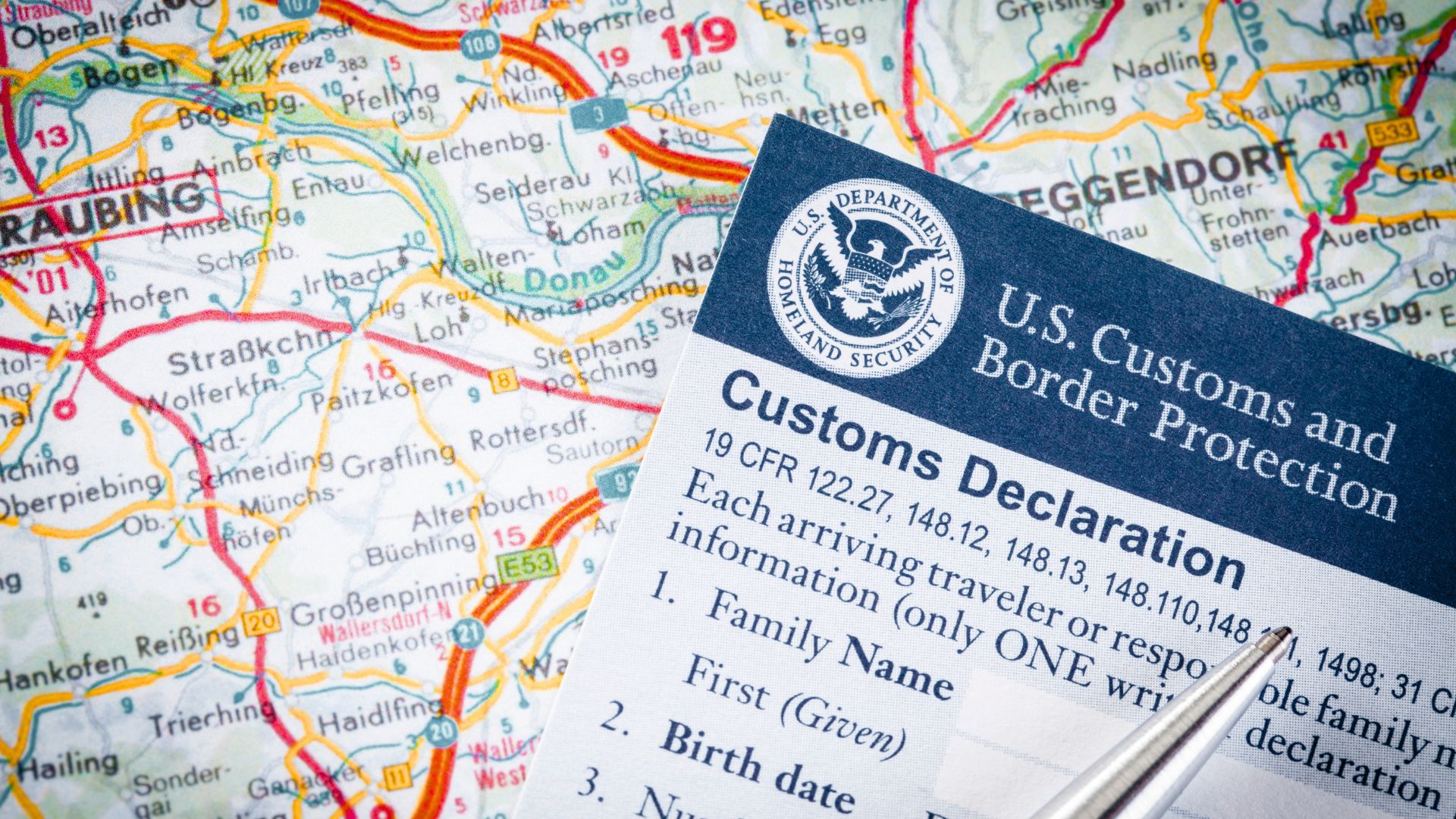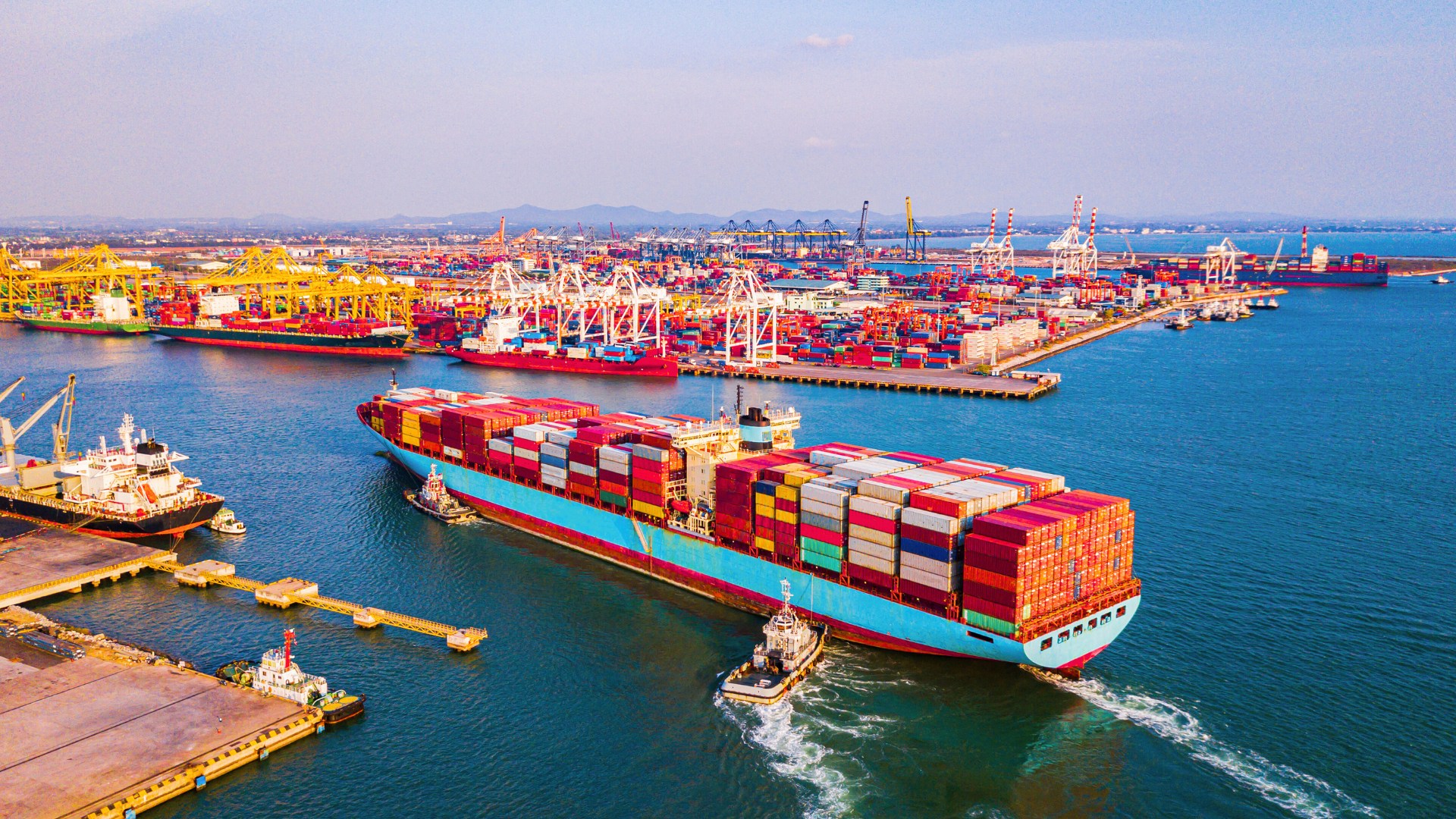Increasing numbers of US companies are considering moving to overseas manufacturing to take advantage of lower labor costs in China and other countries in the southeast Asia region. This is often done with a view to the competition, as companies see their competitors outsourcing abroad, and feel they must follow suit. However, the move should not be made purely on the basis of labor rates, with little or no understanding of the true challenges and costs of outsourcing overseas.
Communication
One fairly obvious problem that arises in overseas manufacturing is communication, though companies often don’t appreciate this until they actually arrive in the area. Although management in Chinese companies will generally speak English, which is the common language of commerce, this doesn’t mean that they will understand colloquial US English. Misunderstandings will almost certainly abound, on both the linguistic and cultural level.
To minimize these issues, it is essential to employ some bilingual staff, as well as good quality translators and interpreters, and to train English-only staff to speak clearly and simply, without using slang. All conversations must be backed up with emails which record what was agreed upon. For internal communications, it’s advisable to write formal requirements in a format that is fairly universally understood, such as MRD (market requirements document).
Quality Control
One big problem experienced by many involved in overseas manufacturing is that of quality control. In some countries, there is an abundant supply of unskilled workers, and their payment is often based on number of units completed. It is best to be aware of this and seek the skill levels appropriate for the product being manufactured. There may also be related problems of late delivery and missed deadlines.
Dealing with these issues requires hands-on oversight. All products must be inspected prior to shipment, although the quality inspection function can be outsourced to independent inspection companies. It’s also essential to specify quality standards in the service level agreement, including materials, product specifications and packaging, as well as delivery expectations.
Legal Issues
Legal issues may also arise in an overseas manufacturing situation, particularly problems of copyright violation and IP (intellectual property) theft, such as piracy of patents and manufacturing processes. Unfortunately this does happen in China, as WTO rules are not enforced, although China is a WTO member. It is suggested that there be a comprehensive IP clause incorporated in the manufacturing agreement, clearly identifying ownership and specifying penalties for violations.
An Alternative
Clearly, there are many challenges to meet when involved in overseas manufacturing — others include shipping, currency fluctuations and inventory. In fact, some business owners may question whether the benefits of reduced labor costs are really sufficient to outweigh the time and energy required to deal with all these issues. However, an alternative solution is to use a US-based manufacturing facilitator such as ITI, which has the experience in China manufacturing to deal with these challenges on your behalf.
By using a company like ITI, you can be sure of identifying the right plant in China to manufacture your product, whatever your product may be, and there will be no communication problem or cross-cultural misunderstandings. Quality control inspections, shipping and delivery are also taken off your hands. A company like ITI has decades of experience with China manufacturing, meaning that you don’t have to start from scratch in learning how things work.
The financial rewards of overseas manufacturing may appear attractive, but there is a danger that they could be canceled out by the other costs and risks involved. For a company with little overseas experience, these challenges could be too expensive and time-consuming to overcome. Using the expertise of a facilitating company can enable you to take full advantage of low labor costs, while avoiding the risks, and concentrating your energies on designing and developing your product.
Contact ITI today to learn how we make overseas manufacturing easy.





